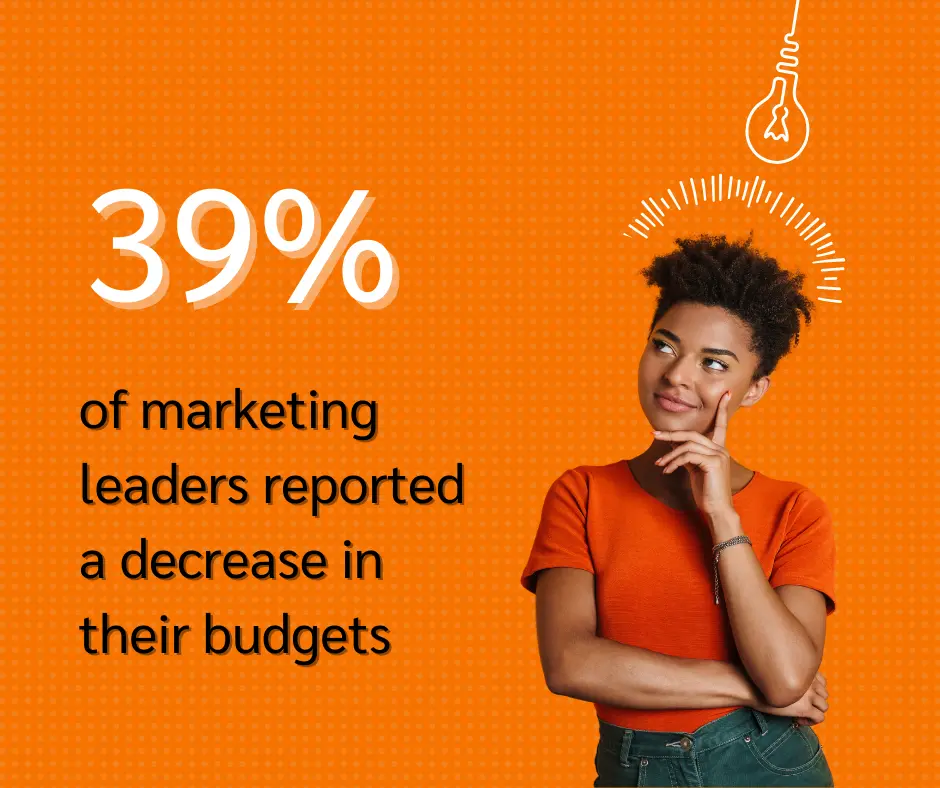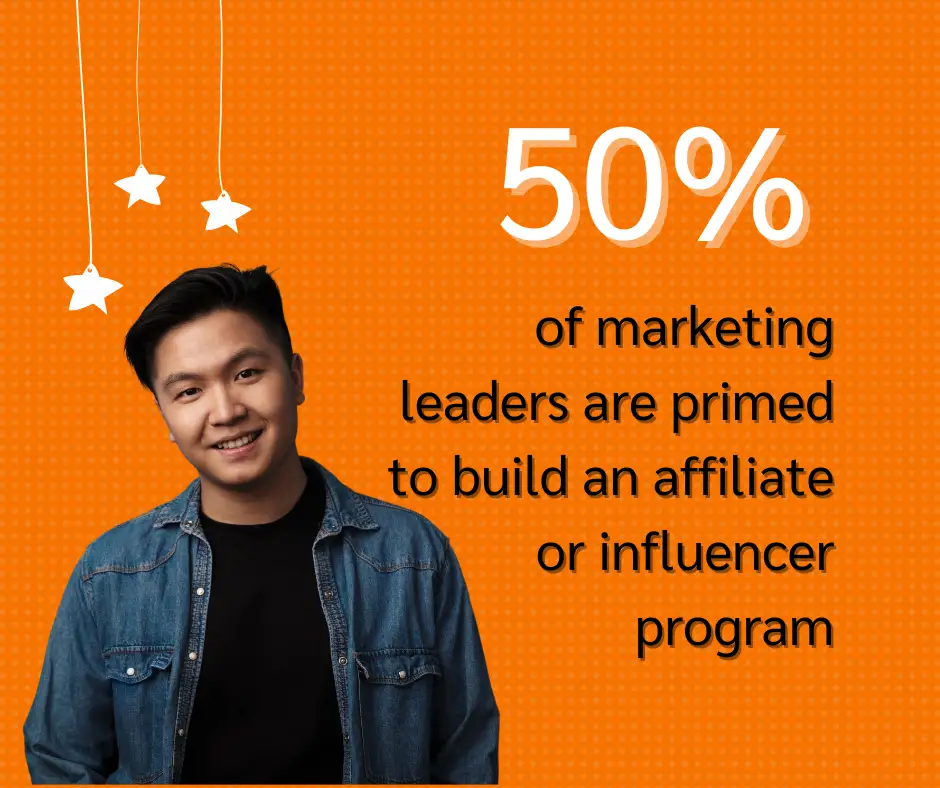This article was originally published on Digital Marketing News.
Marketing is harder than it’s ever been. Today’s marketers face dwindling budgets while having to innovate constantly and drive ROI, with ever-more stringent data privacy regulations, and a massively fragmented media and channel landscape.
Acquiring customers poses a mounting challenge in today’s landscape, with the average cost skyrocketing from $9 in 2013 to a substantial $29.
Simply put, marketers must prioritize cost savings and efficiency, and improve the customer experience to succeed. There is a channel that can help: partnerships. Partnerships encompass any partners who refer and recommend your customers—including affiliates, creators, other brands, and even your customers.
Budgets are changing, and so should your priorities
The hard truth is people don’t want to hear businesses talk about their brand. They want unfiltered opinions from third parties they implicitly trust. So they’re turning to review sites, their communities, influencers, and their favorite publishers before purchasing.
That’s why partnerships are so crucial for new customer acquisition.
Recently, we interviewed customers, prospects, and contacts from U.S. enterprise companies, spanning CMOs, VPs, and Heads of Marketing. The aim was to unravel the complexities of modern-day marketing challenges and explore solutions to alleviate these pain points.

Today, senior marketing leaders shared insights on their marketing budgets for 2023 and the outlook for ad spend. The findings were stark: 39 percent reported a decrease in their budgets, while 42 percent noted no change despite challenging economic conditions. Merely 19 percent reported an increase in their marketing funds.
Only 27 percent said their spend would increase over the next six months, with 47 percent saying it would stay the same, and the remaining 26 percent saying they expected it to fall.
Key priorities for marketing teams tie into sales and revenue
In our conversations with customers and prospects, two key priorities emerge: to increase leads and sales, and to grow marketing’s revenue contribution to the business. But it is also clear, from our survey of marketers and our wider discussions, that marketing leaders face several challenges in achieving these goals, with the vast majority citing limited budget and limited resources as the key obstacles to growth.
So marketers are being asked to do more with less, which is a challenge at any time, particularly given macroeconomic and geo-political challenges. Those familiar with mature partnership programs know that they can help in this respect, but it’s also clear that the value of partnerships is not as widely appreciated as it might be.

Around half the marketing leaders we spoke to said they had no affiliate or partnership program in place. Among those that did, most were using in-house resources or an affiliate network. The types of partnerships were predominantly with media publishers, affiliates, and influencers.
Collaborations with content creators provide deeper connections
Collaborations empower brands to address the marketing challenges in today’s landscape. Traditional advertising, being costly, untraceable, and often disregarded by consumers, struggles to make an impact. Partnerships offer access to genuine communities of influencers and creators, trusted by consumers for impartial product suggestions and guidance.
Their ability to personally connect with consumers and create engaging and trusted content makes them valuable partners in modern marketing. They bring a fresh, new, authentic perspective that differentiates the brand partner from their competition.
Social media giants like Instagram, TikTok, and YouTube wield immense influence over consumers, making them pivotal in brand engagement. Partnering with creators and influencers enables brands to delve into unconventional, innovative methods of conveying, marketing, and vending their offerings.
Top partnership program capabilities needed to gain traction
When we asked the marketing leaders what partnership program capabilities would need to be in place for them to start using one, two responses dominated: tracking and reporting for performance insights and finding partners that align with their brand.
An established partnership management platform such as impact.com adeptly manages these factors while offering a centralized hub for seamlessly creating, overseeing, and expanding all your partnerships.
Another knowledge gap we identified was around the areas where a partnership program can add value to a business. Brands that have positioned partnerships at the heart of their marketing effort are typically well-versed in their many capabilities.

Still, when we told prospects that a well-run partnership program, running on an established platform, could help increase team efficiencies and decrease manual workload, many of our marketing leaders were surprised.
They were likewise intrigued when we explained how a good partnership program could optimize customer experience, incentivize customer loyalty, help brand expansion, and grow business revenues.
These capabilities are no surprise to us or the numerous brands we collaborate with, such as Microsoft, Walmart, HSBC, Adidas, Levi’s, and Uber. We establish and maintain partnership programs that meet these criteria and check many other boxes for our valued partners.
Getting the outcomes you want with partnerships
When brands embrace partnerships, the outcomes are telling: Sephora witnessed a 101 percent surge in partner growth and tripled its revenue after teaming up with impact.com. Solo Stove saw a 72 percent revenue boost with a 7 percent decrease in ad spend within a year, and vintage clothing brand Homage achieved an impressive 485 percent ROI.
Yes, marketing is hard, there’s no denying that.
But through the many challenges marketing leaders face, a partnership program can help, as the numbers above clearly demonstrate. The market has shifted, and successful brands know they need to engage with consumers on their terms, in the places where they are. This is what the Partnership Economy is all about. Get the ball rolling today, and you’ll wonder how you ever managed without it.





